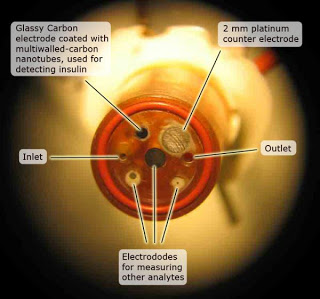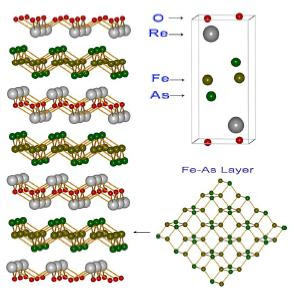Concentrated solar power balloons
Giant solar energy balloons floating high in the air may be a cheap way to provide electricity to areas lacking the land and infrastructure needed for traditional power systems. Solar balloons, designed by a team from the Technion Institute of Technology, could be used to harness the sun’s energy in those remote areas. However, the …





